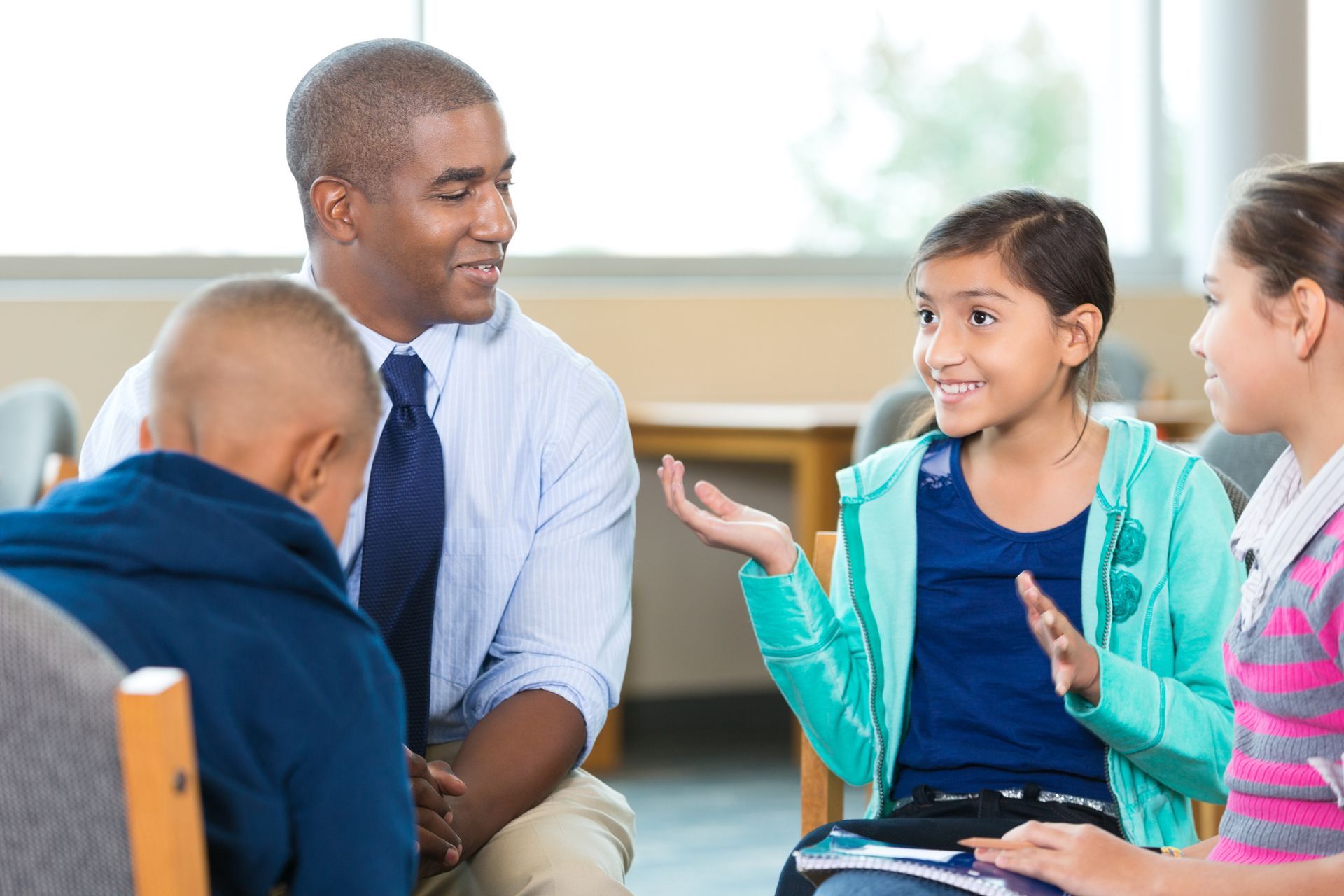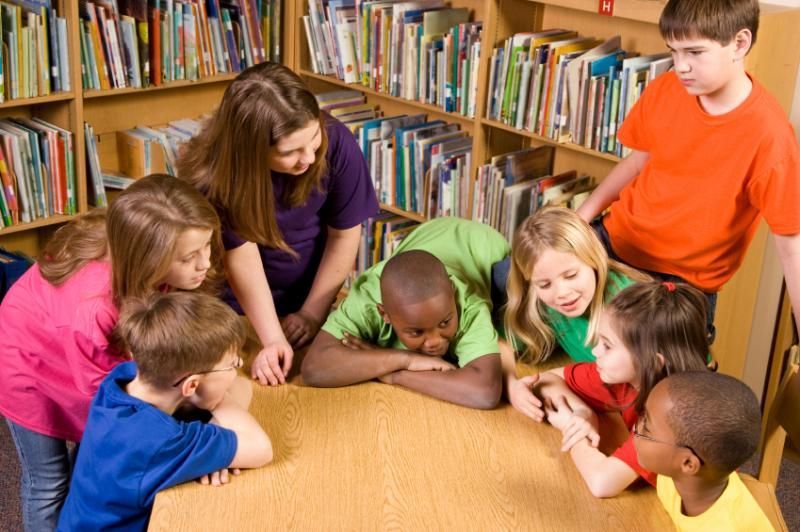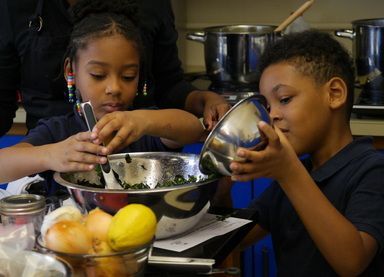
WHAT IS C&A'S DAY TREATMENT PROGRAM?
With the holidays just around the corner most schools are addressing the importance of understanding the differences in cultures and customs. C&A is not only located in eight school districts, but we also offer a Trauma Informed Day Treatment program (TIDTX). TIDTX is comprised of students ranging from K-12th grade. These students have experienced some type of trauma that has affected their behavior at school. TIDTX gives students two and a half hours of group therapy every day, at least once a week they get one-on-one therapy, and at least once a month they get family therapy. This unique program helps the students learn their triggers, coping skills, and how to self-regulate so that they can integrate back into public school.
DIVERSITY IN TIDTX
Despite having smaller class sizes, TIDTX gives the students a more diverse environment. The class room is more diverse because the students are from across Stark County. Through the standard academic courses, students learn about different cultures at the appropriate time. However, each student in TDIX suffers from different traumas and has different backgrounds. During group treatment the student’s background differences often come up, this allows the students to discuss their differences.
Group therapy gives students a space to learn and work on coping skills, which in fact also gives students a space where they can discuss everyone’s background, and touch on people’s traditions. According to Program Manager Dan Metzgar, it is important for the students to understand everyone’s customs, beliefs and history.
This discussion can be hard because the students are not all at the same level. Say in a given class you have two sixth graders, one student might be at the level of a sixth grader, while the other is at the level of a second grader. On top of this, all students are mentally in different places, some students are more apathetic, and some are more empathetic, but all are hurting in some way.

FALL FEAST
When approaching different topics, the TIDTX’s top priority is making sure that students are comfortable. For example, in November they have a Fall Feast. For the Fall Feast, each class makes a dish. The class decides together on what dish they make.

For example, if multiple students always ate Mac-an-cheese for Thanksgiving, then the class will make Mac-an-cheese for the Fall Feast. This may bring the students some comfort, while at the same time other classes’ contribution would bring diversity to the Feast. Dan stated that having students create a dish helps them learn life skills, work on math with measurements, social skills, and improve team work.
The staff and students pull all the tables into the hallway and eat together, sharing the meal, family traditions, and something each person is grateful for. This way the students are building on skills while doing an engaging activity.
The success of such a project changes from day to day to year to year. Every student is in a different stage of their trauma, so they react differently to different situations. However, having in-depth discussions about everyone’s beliefs, and customs help the student become more comfortable in their environment.
For more information about Child and Adolescent Behavioral Health, call 330-433-6075.
RECENT POSTS












